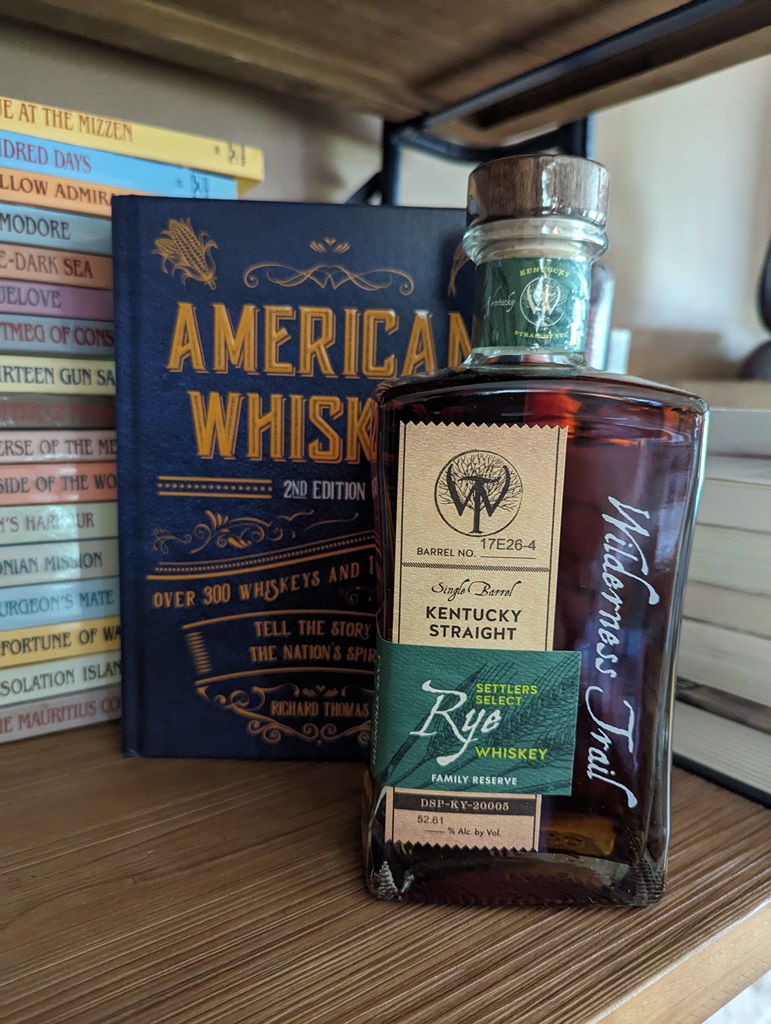America Needs To Recognize What “Single Malt” Really Means
By Richard Thomas

(Credit: Anchor Distilling)
For a couple of years now, malt whiskey has been the great up-and-comer of the American Whiskey Boom. The buzz that it was the “next big thing” proved to be overblown—after two years of hype, American Malts are definitely a thing, but hardly big—yet the malt whiskey scene in America has grown steadily, gaining depth and maturity along the way. It’s a peculiarly crafty sector of whiskey too, since most of the big distillers in American aren’t in it, leaving it wide open for small and mid-sized operators.
The craft sector’s signature spirit of innovation and experimentation has given American Malts their vibrancy. While Seattle’s Westland Distillery prides itself on adapting Scottish tradition to their Pacific Northwest circumstances (as well as in not being a craft distillery), they also experiment with local peat and, in particular, local oak species for aging. In the Southwest, a handful of distillers have used mesquite to smoke their barley.
Yet another aspect of American Malts make them not just distinctive, but also somewhat problematic. The Federal Law defining what American whiskeys are states: “Bourbon whisky,” “rye whisky,” “wheat whisky,” “malt whisky,” or “rye malt whisky” is whisky produced at not exceeding 160 proof from a fermented mash of not less than 51 percent corn, rye, wheat, malted barley, or malted rye grain, respectively, and stored at not more than 125 proof in charred new oak containers; and also includes mixtures of such whiskies of the same type.
Thus, American Malt Whiskey is required to have a mashbill of 51%-plus malted barley, and, like other American Whiskeys, may use one or more other grains to make up the remainder. This is in contrast with the malt whisk(e)y made in the Irish or Scottish style, which is 100% malted barley. While that difference isn’t a bad thing in and of itself, it causes confusion and conflict for the application of the term “single malt.”

Matt Hoffman
(Credit: Westland Distillery)
On the world stage, single malt means two things. First, all the whiskey comes from one distillery. Second and more importantly, it is 100% malted barley. Both the Irish and the Scottish models, the latter widely copied around the world, are specific on both points. No American regulation spells out what a single malt whiskey is, so technically anything Federal authorities approve as a malt whiskey from a single distillery can be labeled as a single malt. Not only does this permit American Malts made with a mash bill using grains other than malted barley to be designated as single malts, but there are malted ryes, such as the popular Old Potrero, designated as single malts as well.
This problem has been recognized by some malt whiskey-makers in America’s burgeoning craft whiskey sector, with over five dozen banding together as the American Single Malt Whiskey Commission. Their platform does not call for the law moving the entire American Malt category over to 100% malted barley, but it does require that anything labeled “single malt” be made with just that one grain.
Federal law governing spirits has been in need of revision for some time, and codifying what a single malt is might be the most important addition that can be made. Retaining the current definition of American Malt, one that allows for a two-or-more grain mashbill, is important, as it keeps that which is most American about whiskey in the malt category. At the same time, American Malts need to integrate into the wider standards of world whiskey, and the way to do that is by bringing our single malt designation into line with theirs. In that way, we both preserve our own traditions while raising our standards to a level that enthusiasts around the world will recognize.

